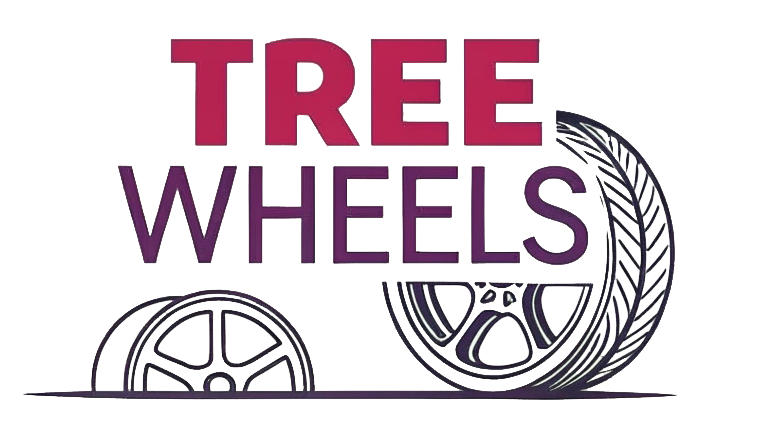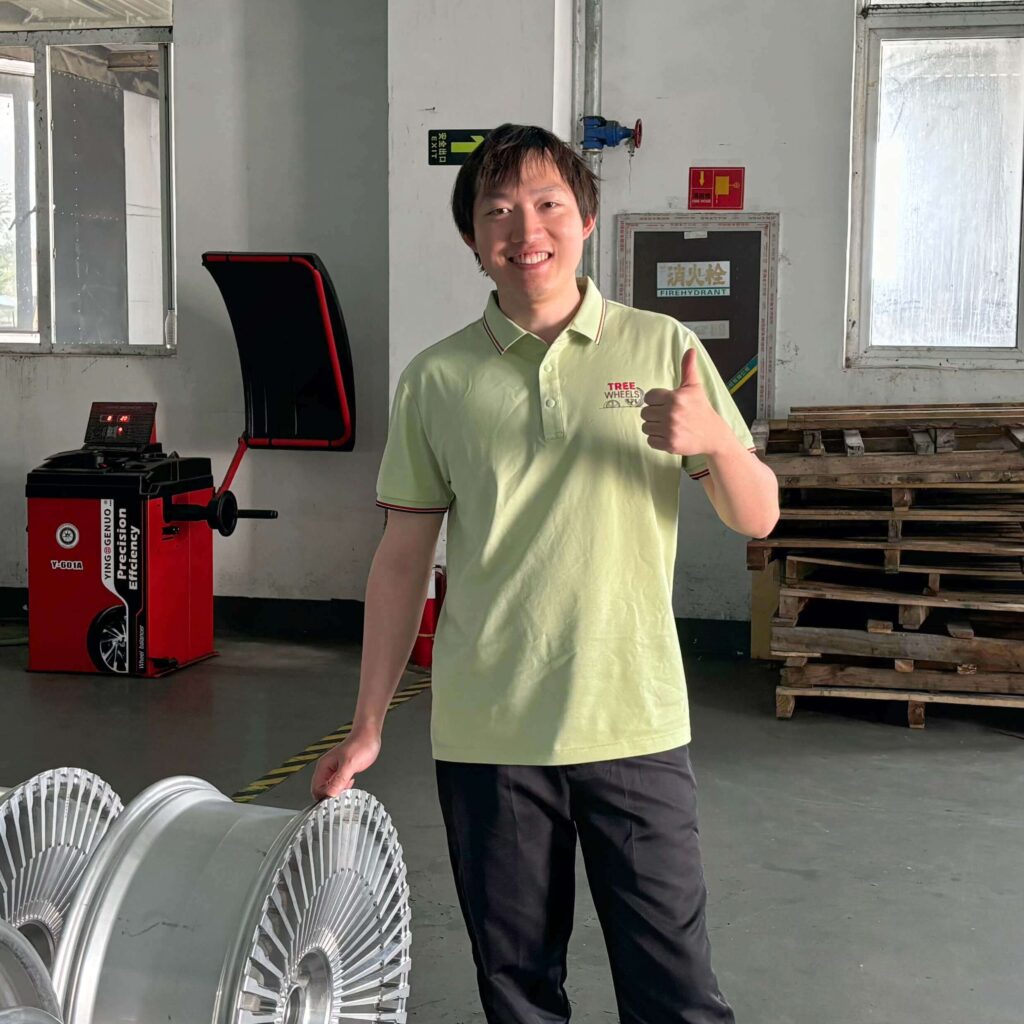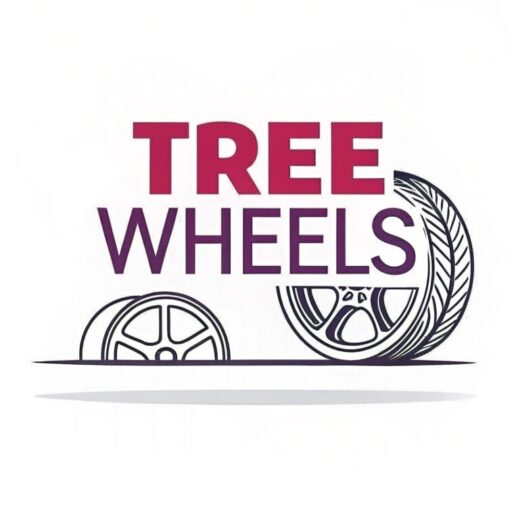Struggling to understand wheel offset? It’s confusing, but it’s key to getting the perfect look and performance for your car.
Wheel offset defines how wheels sit on your car. It’s the distance from the wheel’s centerline to its mounting surface, measured in millimeters, affecting style and handling.

I’ve always been fascinated by car mods. Let’s dive into wheel offset. It’s a small detail with a big impact. Keep reading to master it.
What is custom wheel offset?
Choosing wheels feels overwhelming. Offset confuses many, but it’s critical for fitment. I learned this the hard way modifying my first car.
Custom wheel offset is the distance between the wheel’s centerline and its hub-mounting surface. Measured in millimeters, it determines how wheels align with your car’s body.

Why offset matters
Offset affects more than looks. It changes how your car drives. A wrong offset can hurt performance or damage parts. I once picked wheels without checking offset. Big mistake. My car’s handling suffered.
Types of offset
Offsets are positive, negative, or zero. Positive offset tucks wheels inward. Negative pushes them out. Zero aligns the centerline with the mounting surface. Each type suits different cars and styles.
Choosing the right offset
Your car’s make and model dictate ideal offset. Stock wheels often use positive offsets for balance. Custom wheels might use negative for a bold stance. Always check manufacturer specs.
| Offset Type | Position | Common Use |
|---|---|---|
| Positive | Tucked in | Stock cars |
| Negative | Pushed out | Modified cars |
| Zero | Centered | Rare, specific builds |
Offset is the foundation of wheel customization. Get it wrong, and your car suffers. Get it right, and you elevate style and performance.
What does +35 offset mean on rims?
Ever wondered why +35 offset is common? It’s a safe choice for many cars, but what does it mean? I puzzled over this early on.
A +35 offset means the wheel’s mounting surface is 35mm toward the outer edge from the centerline. It keeps wheels tucked under the car’s body.

Impact on handling
A +35 offset balances handling and stability. It keeps wheels close to the suspension. This reduces stress on bearings. I noticed smoother rides with this offset on my sedan.
Visual effect
Wheels with +35 offset sit flush or slightly inward. This gives a clean, factory-like look. It’s less aggressive than low offsets. Perfect for daily drivers wanting subtle style.
Best applications
This offset suits most stock setups. Sedans, SUVs, and compact cars often use it. Always verify with your car’s specs. I learned to double-check after a near-miss with wrong wheels.
| Feature | +35 Offset Impact |
|---|---|
| Handling | Stable, balanced |
| Look | Clean, flush |
| Best for | Stock or mild mods |
A +35 offset is versatile. It’s a safe bet for performance and aesthetics. Understanding it helps you avoid costly errors.
What does a +40 offset mean?
A +40 offset sounds close to +35, but the difference matters. I learned this tweaking my second car’s setup. Small changes, big results.
A +40 offset means the mounting surface is 40mm from the wheel’s centerline toward the outer edge. It tucks wheels further inward than +35.
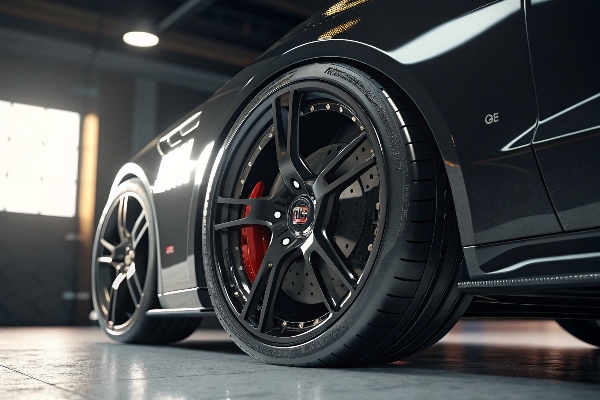
Handling dynamics
A +40 offset enhances stability. It aligns wheels closer to the suspension’s pivot points. This minimizes wear on components. My car felt planted with this offset on highways.
Aesthetic impact
This offset creates a conservative look. Wheels sit deeper under fenders. It’s ideal for a sleek, understated style. I chose +40 for a professional vibe on my coupe.
Suitable vehicles
Compact cars and some SUVs favor +40 offsets. It’s common in factory setups for efficiency. Always consult your car’s manual. I avoided issues by researching first.
| Feature | +40 Offset Impact |
|---|---|
| Handling | Very stable |
| Look | Deep, tucked |
| Best for | Efficiency-focused |
A +40 offset prioritizes function. It’s great for drivers wanting reliability over flash. Knowing this helps you pick smarter.
What does +20 offset mean?
A +20 offset sounds bold, but what’s it do? I experimented with this on a project car. It’s a game-changer for style.
A +20 offset means the mounting surface is 20mm from the centerline toward the outer edge. It pushes wheels outward compared to +35 or +40.

Performance trade-offs
A +20 offset stresses suspension more. It widens the stance, improving cornering grip. But it can wear bearings faster. I felt the difference in tight turns.
Visual appeal
This offset gives a sporty, aggressive look. Wheels sit closer to the fender’s edge. It’s popular for modified cars. My project car turned heads with this setup.
Ideal uses
Sports cars and modded vehicles often use +20 offsets. It’s less common for daily drivers. Check clearance and suspension limits. I measured twice to avoid rubbing issues.
| Feature | +20 Offset Impact |
|---|---|
| Handling | Grippy, less stable |
| Look | Aggressive, sporty |
| Best for | Performance mods |
A +20 offset boosts style but demands care. It’s perfect for enthusiasts chasing looks and performance.
Conclusion
Wheel offset shapes your car’s look and performance. Choose wisely to balance style and function. Tree Wheels offers custom forged wheels for your perfect ride.
